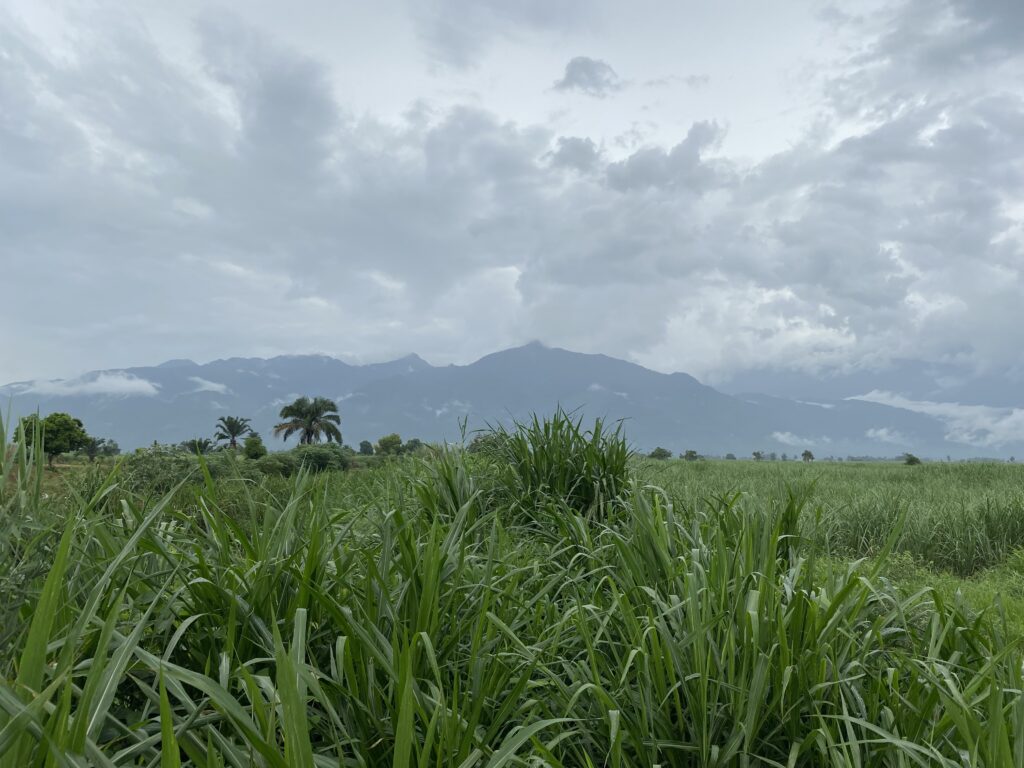
What evidence is required for wildlife corridor restoration interventions in human-inhabited landscapes, and how do we include these in the restoration management process?
Natural wildlife movement corridors are being restored in fragmented landscapes to reconnect animal populations and restore wildlife habitats. This can benefit people, enhancing soil and water quality, and biodiversity. However, it can also create conflict as demands for land and security (food, livelihoods) by local communities may increasingly compete with demands for habitat and resources incurred by growing wildlife populations.
This Science for Nature and People Partnership team will co-create evidence that can inform tree restoration in agricultural landscapes in a way that balances the needs of people with the ecological targets of the restoration. The group will develop guidance on processes and tools that should be used when planning and implementing sustainable tree restoration projects in the rural tropics.
Case study landscape: Agrisys Tanzania – focus of restoration interventions (including a former wildlife corridor that is currently defunct) as well as investment into the agricultural sector.

